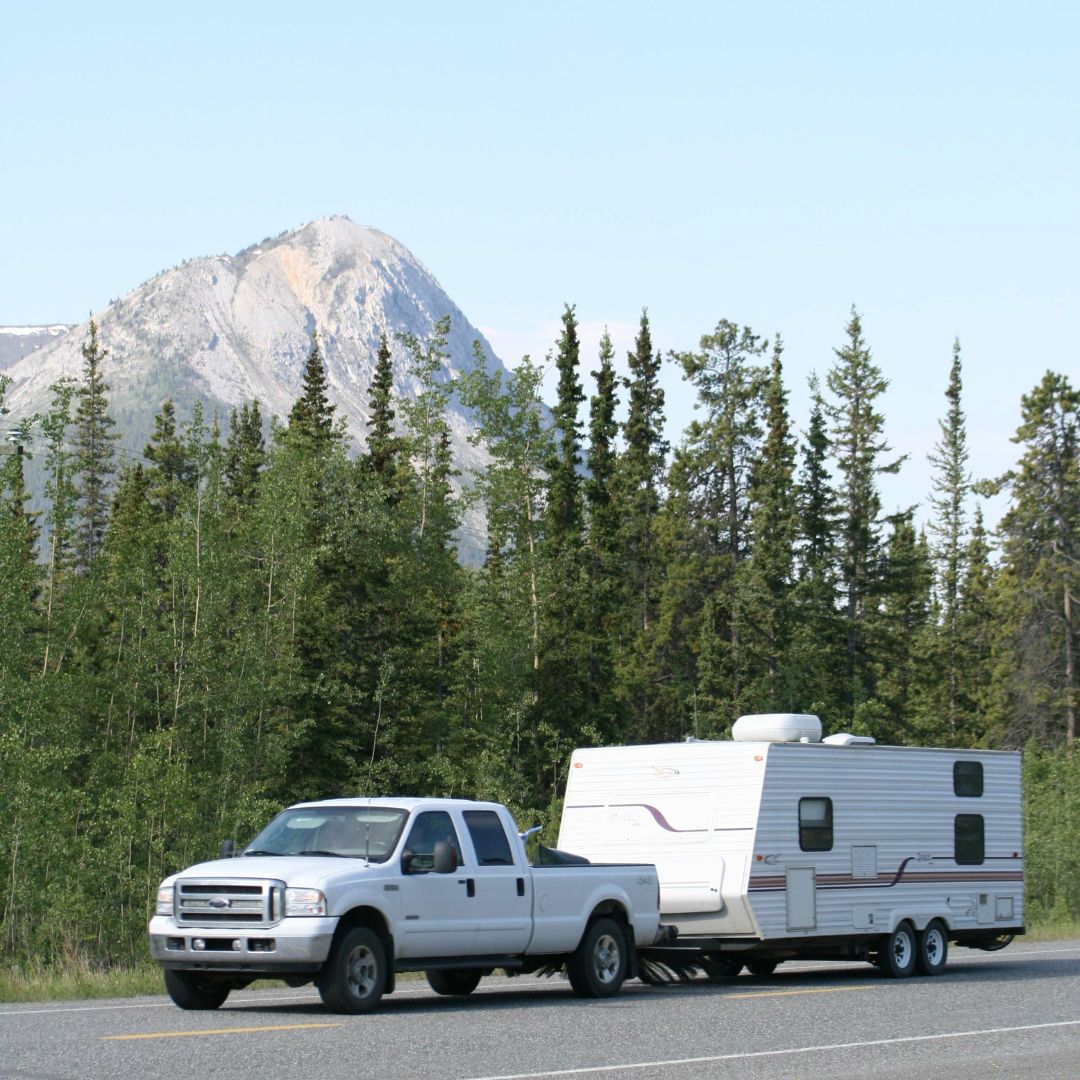Take the long, scenic route when you take a cross-country drive. The lengthy road trip is a great way to explore the land and see various attractions. If this is your first journey, check out these tips for planning a cross-country RV trip.
Determine Your Route
Every RV trip starts with a good route. Write a list of locations you want to visit and know how long you want to stay at each place. Cross-country trips include park locations, gas stations, RV dump areas, and RV-friendly roads. Ultimately, you want to choose a reliable path to ensure safe passage.
Create a Practical Budget
Campground fees, gas, and food are the most expensive RV trip costs. Since these are necessities, you must plan your entertainment expenses around them. You can create a practical budget by assessing your funds and looking at ways to save money. For example, find discount entrance fees for attractions or use group discount rates at amusement parks. You can have a fun trip while remaining frugal.
Book Campsites in Advance
Dealing with fully booked campsites is an unfortunate reality for some RVers. As a result, people make alternative plans that typically include a last-minute hotel stay.
It’s important to note that many book national parks and popular campsites months in advance to secure their spot. Therefore, booking in advance is an excellent tip for planning a cross-country RV trip. Have a definite camping spot when you arrive at the destination! Remember to confirm your spot a few days before traveling.
Consider Hauling Your Car
Hauling your car is the last thing on your mind when you think about RV trips. But depending on your destination, it’s best to use a car for local transportation. After all, who wants to park a huge vehicle at tourist attractions or theme parks? Luckily, there are three ways to tow a car behind your RV, like using a flatbed trailer. Load the car on the trailer and get on the road in no time! You’ll appreciate the extra set of wheels during the trip.
Make an Emergency Kit
You never know what can happen on the road, so you need an emergency kit to mitigate problems. Keep spare tools and parts for the RV and make a first aid kit for passengers. Sign up for roadside assistance before the trip so someone can help you with vehicle damage. Safety is the top priority of any trip, including yours!

